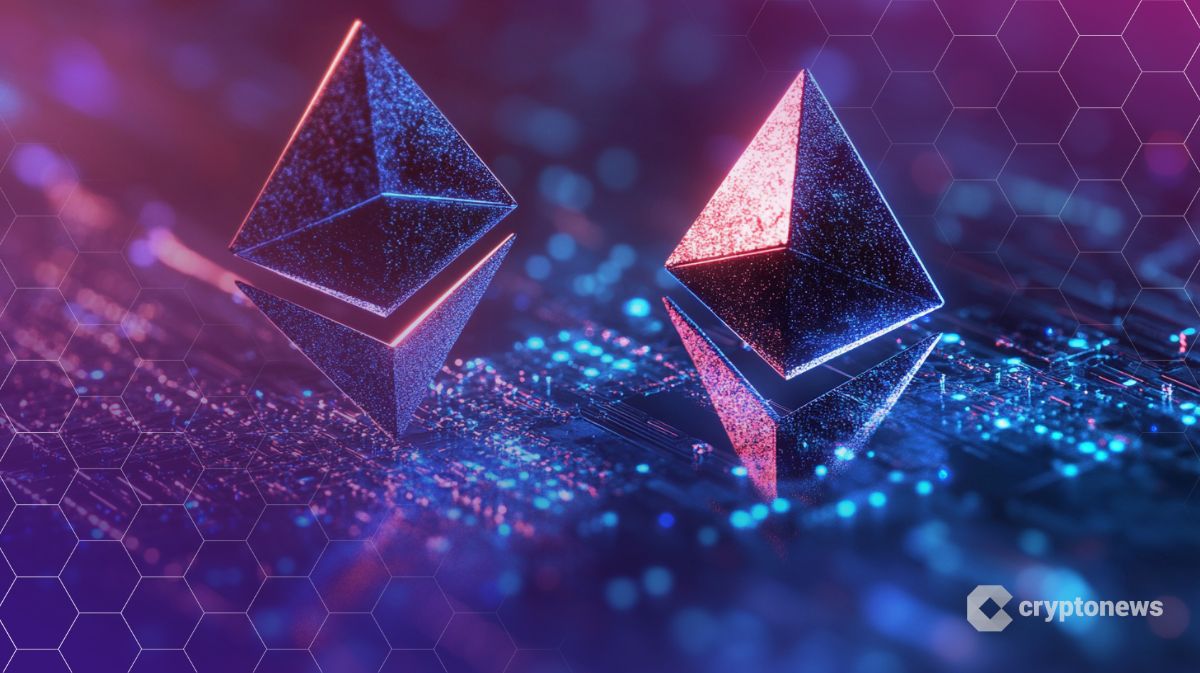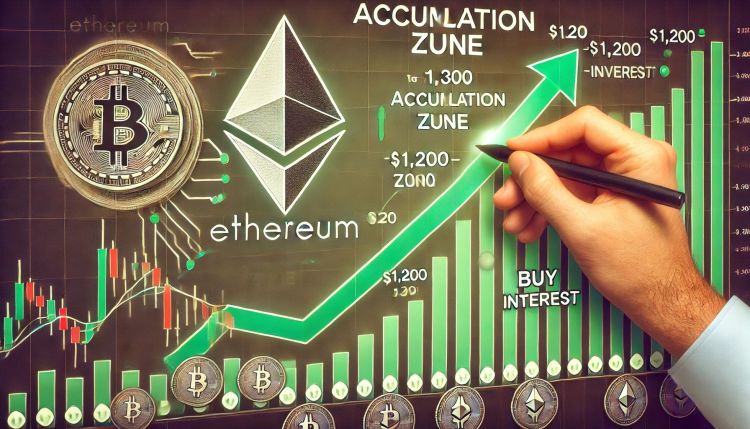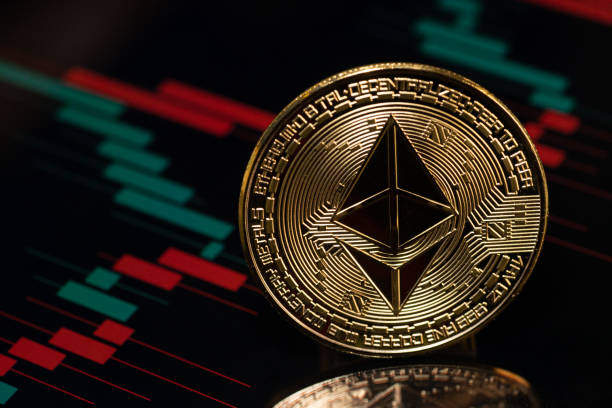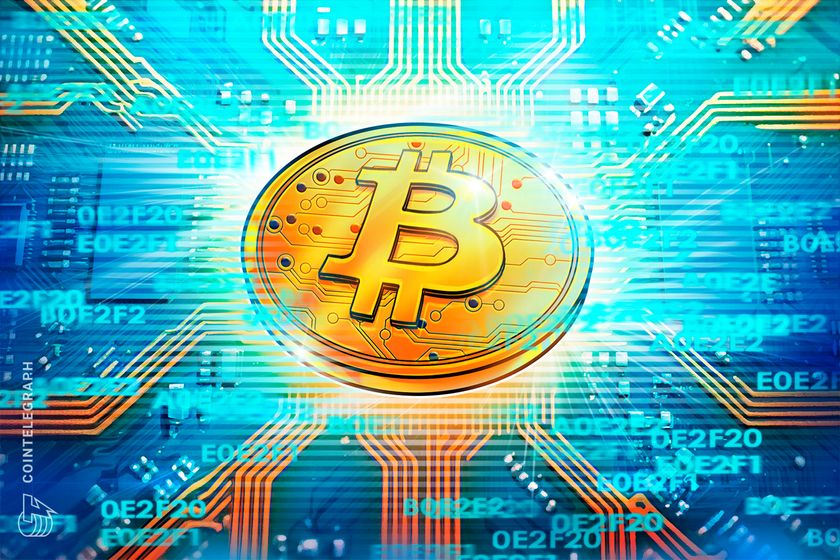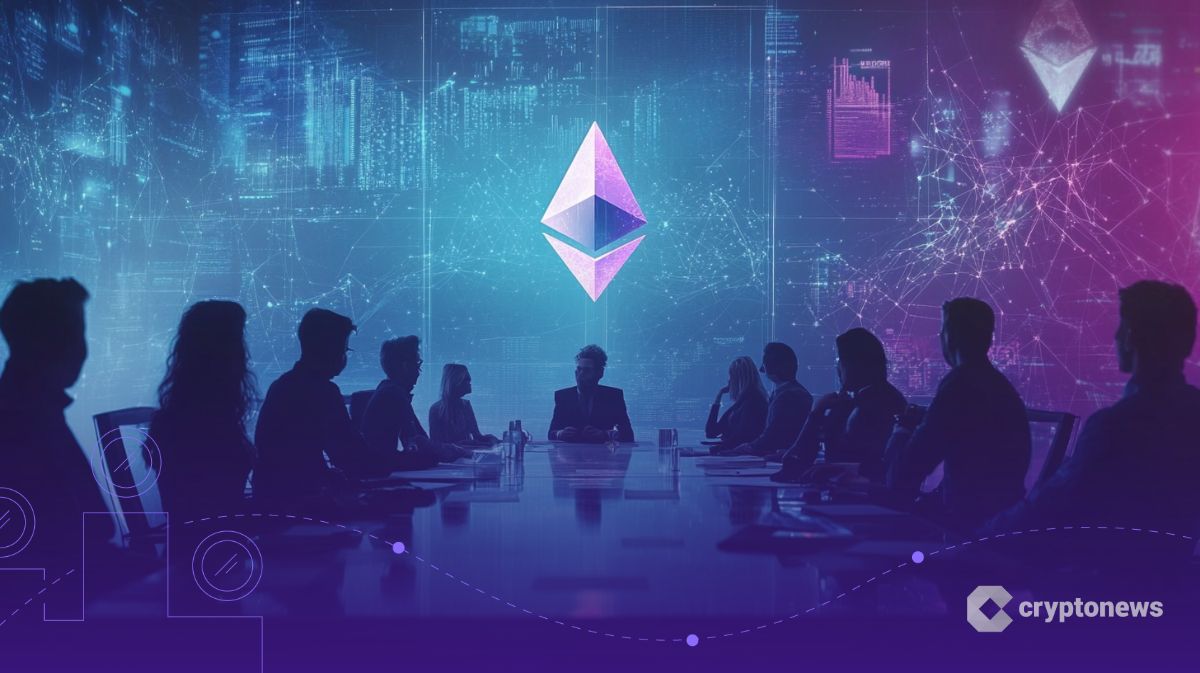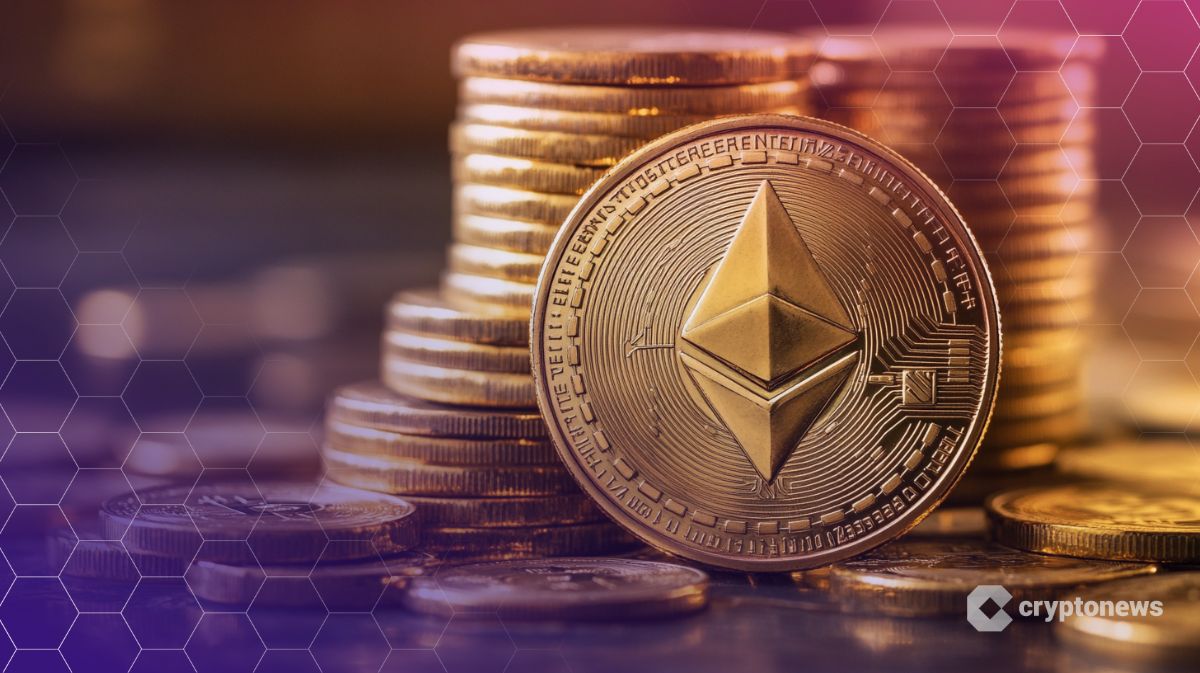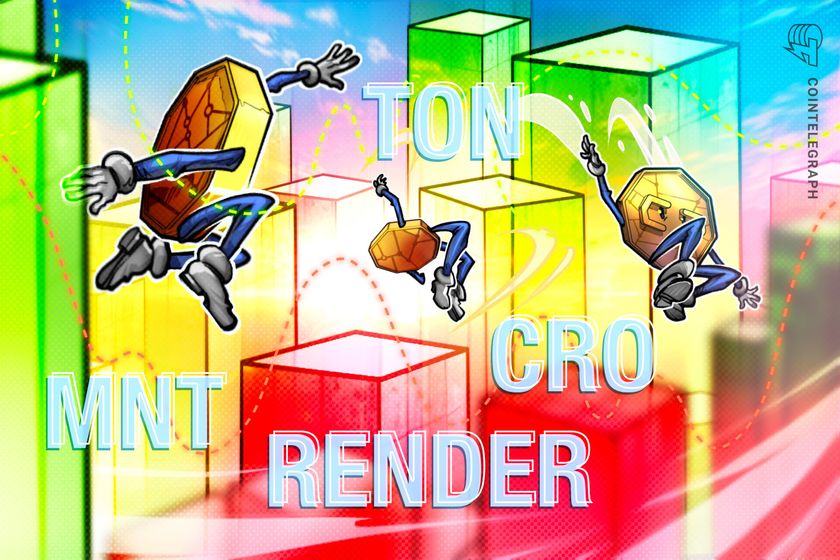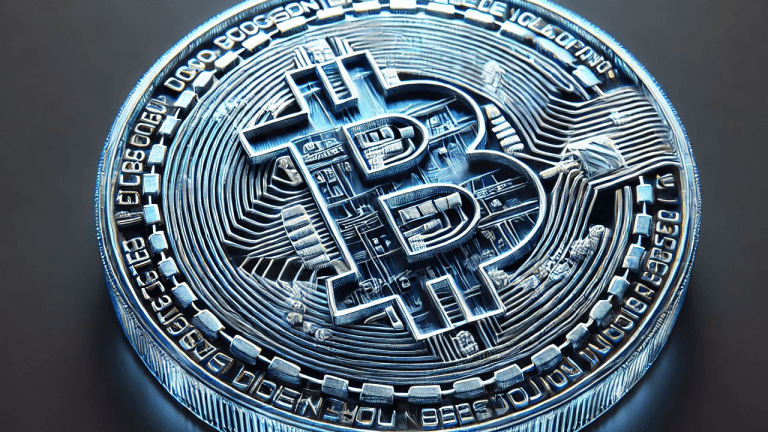Ethereum developers have successfully activated the long-anticipated Pectra upgrade on the Hoodi testnet, marking another milestone in preparation for its eventual mainnet deployment.
The Pectra activation on Hoodi took place on Wednesday and represents what may be the final test before the upgrade is deployed to Ethereum’s mainnet, expected in the second quarter of 2025.
Hoodi was launched on March 17 as a dedicated testing ground after earlier attempts on the Holesky and Sepolia testnets ran into technical complications.
Holesky struggled with prolonged finality issues, while Sepolia experienced synchronization problems.
Hoodi Testnet Finalizes Pectra Upgrade Within 30 MinutesWithin just 30 minutes of activation, the Hoodi testnet successfully forked and finalized the Pectra upgrade, offering a smoother testing environment compared to its predecessors.
The final testnet upgrade is almost here!Hoodi testnet upgrades to Pectra TODAY, March 26, 2025, at 07:37:12 UTC, epoch 2048.https://t.co/FMnNS3d6sWLast week, the Hoodi testnet went live, providing staking operators and infrastructure providers with a robust environment for… pic.twitter.com/Brm0d5EtD1
— everstake.eth (,) (@eth_everstake) March 26, 2025Hoodi has now effectively replaced Holesky, which is scheduled for deprecation later this year.
The testnet is designed to allow staking operators and Ethereum client teams to rigorously test the full lifecycle of changes introduced by Pectra.
These include major protocol upgrades such as EIP-7702, which enhances wallet functionality through account abstraction; EIP-7251, which increases the maximum validator stake from 32 ETH to 2,048 ETH; and EIP-7691, aimed at improving rollup scalability by increasing the maximum blob count.
Ethereum core developers have suggested that if the Hoodi test proceeds without major issues, the Pectra upgrade could be implemented on the mainnet within approximately 30 days—possibly by late April.
However, they have also left open the possibility of pushing the deployment to May or June to allow stakeholders additional time for review and preparation.
Ethereum Burn Rate Hits All-Time LowEthereum network activity has hit a new low, with just 53.07 ETH (worth approximately $106,000) burned on Saturday, marking the lowest daily burn since the introduction of its fee-burning mechanism under EIP-1559.
The EIP-1559 upgrade, implemented in 2021, aimed to simplify transaction fees and reduce ETH supply by burning the base fee in each transaction.
During periods of high usage, the EIP-1559 mechanism can make Ethereum deflationary. However, current network conditions suggest otherwise.
Based on recent data from Ultrasound.money, Ethereum’s supply is now expected to grow by 0.76% annually.
The low burn rate aligns with falling on-chain activity.
Metrics such as active addresses, new address creation, transaction count, and daily trading volume have all seen significant drops in recent weeks.
Meanwhile, Ethereum’s transaction fees have also plummeted to their lowest level since late August, averaging just $0.41 per transfer.
The significant decrease marks a stark contrast to the $15.21 high seen in the past two years, indicating potential bullish sentiment for Ethereum’s long-term price outlook.
These trends raise concerns about slowing user engagement on Ethereum, especially amid growing competition from Layer 2 networks and alternative blockchains offering lower fees and faster transactions.
As reported, Standard Chartered has also significantly revised its 2025 price forecast for Ethereum, cutting it from $10,000 to $4,000 amid the rapid expansion of Layer 2 networks.
According to Geoffrey Kendrick, the bank’s global head of digital assets research, platforms like Base are now generating substantial profits from within the Ethereum ecosystem, contributing to the revised outlook.
The post Ethereum Developers Launch Pectra Upgrade on Hoodi Testnet Ahead of Mainnet Rollout appeared first on Cryptonews.


